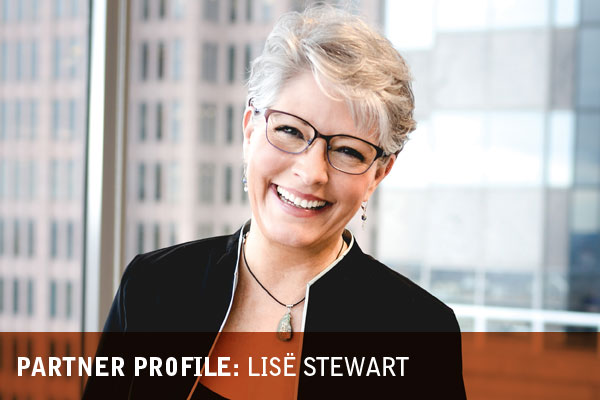In this issue of Insights, we talk with Lisë Stewart, director of the Center for Family Business Excellence at EisnerAmper.
For the past 34 years, Stewart has applied her background in organizational psychology and development to help private businesses across the country and around the world ready their companies for the next generation of leadership. Here, she talks succession planning misconceptions and challenges particular to manufacturing.
What is a commonly held misconception about succession planning?
Succession planning isn’t the transaction, it’s the transition. It’s about holistically planning for the long-term success of your business. That means building a strong management team. It might mean creating business value through investment and innovation, so that if you want to sell, you can. And it’s about teaching the next generation how to be good leaders by understanding company culture and strategic opportunities. It is not just about finding a buyer or single successor and then managing the transfer of dollars.
When should business owners start planning for succession?
You really need about five years, and more time is better. The unfortunate reality is that a lot of business owners wait until they have a health issue or something’s gone wrong. And it’s really hard at that stage to give them as many options as possible. One of the things that we’re trying to do is to get business owners to think about and talk about succession and transition just as commonly as they do profit and loss and marketing and sales.
What do you mean when you tell clients they need to “deal with the emotional issues before emotion is the issue”?
If you want your kids to get a college degree before they’re allowed to work in the family business, you probably want to talk to them about that before they drop out of high school. If you want your kids to have their partners sign a prenup, don’t tell them the day before the wedding. There are dozens and dozens of potentially emotional issues. If we can get in before people get their knickers in a twist, we can solve a whole lot of problems before they’re blown out proportion.
Are there any succession planning challenges particular to the manufacturing industry?
Young people, the prime candidates for taking over manufacturing businesses, are less interested in the industry than previous generations. We also don’t have enough young people who have a strong manufacturing background. All of the workforce issues manufacturers have in regard to regular employees are magnified when it comes to identifying, training, and keeping leadership successors.
What is your connection to Insyte?
When I came to the U.S. from New Zealand 19 years ago, I got a job as statewide operations director for the Manufacturing Extension Partnership in Idaho. I was there four years and then got called to serve as a national coach. I still do that to this day. And because I live south of Rochester, I have worked with all of the centers in New York, including Insyte. We have a great relationship. If Insyte comes across a family-owned or a closely held business that might benefit from transition or succession services, we’re the people they call.
You were born in France and have lived all over the world. What brought you to Central New York?
My husband and I came out here from the west so that he could get his master’s degree at University of Rochester. We thought, “oh, we’ll just hang out a little while until you finish,” but we fell in love with the area and decided to stay. Now we live out in the country. We love kayaking and biking and hiking and gardening, so it’s just perfect for us.
Lisë is now the founder and director of the EisnerAmper Center for Family Business Excellence, having joined EisnerAmper’s national team in early 2017.

